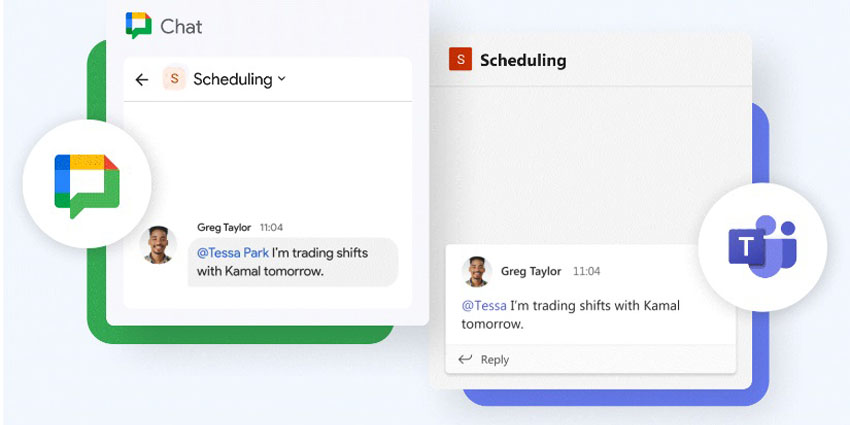The pandemic has accelerated a journey that was already underway as enterprises turn away from traditional large conference room formats to accommodate the needs of modern workers for agile, collaborative spaces, often called huddle rooms or huddle spaces. It’s now important that spaces are set up for socially-distanced meetings and offer touchless capabilities to start meetings.
These typically fit four to six users who can interact effectively, harnessing the power of various communications and collaboration technologies to enjoy rich experiences. Currently standing at 14% of all meetings, huddle room meetings are set to grow exponentially to represent 77% of all video conferencing meeting rooms by 2023, according to recent research by analyst firm Frost & Sullivan.
To delve deeper into the growth of huddle rooms, the firm has authored a whitepaper, sponsored by LogMeIn’s GoToRoom hardware and software bundle that enables organisations to go from unboxing to hosting a meeting in a matter of minutes. The paper, titled: Driving Collaboration throughout the Enterprise – Huddle Rooms Make All the Difference, profile the growing appetite for huddle rooms and sets out how to achieve successful huddle room deployments.
Huddle rooms are video-enabled, ad-hoc collaboration spaces that support innovative ways of thinking and the business transformations that companies are going through as they digitize. Typically, huddle rooms are 12ft x12ft or 10ft x 10ft space that have capacity for up to six users and can be set up at a cost of less than US$5,000, depending on specification. These new spaces more closely fit the needs of the current mode of business and enable smaller groups to meet while still maintaining social distance.
Usage data, gathered by Frost & Sullivan, shows that over 75% of the time large conference rooms are used for meetings of just three to four participants, creating a mismatch between user needs and the technology and real estate available for meetings and collaboration. In addition, with the millennial cohort now hitting the workplace, huddle rooms more closely match worker expectations. In fact, by 2024 Gen Z and millennials will comprise 75% of the US workforce and these people have grown up in environments that encourage and reward exchange of knowledge, insight and expertise.
Permanently connected in their private lives, these workers expect to have the same capabilities and experiences at work and huddle rooms provide an important part of the mix. A Frost & Sullivan survey of almost 2,000 IT decision makers around the world shows that almost two-thirds of organisations have already deployed web, video and audio conferencing. In addition, almost half have also deployed digital team spaces, including persistent chat, document mark-up and storage, and robust search capabilities.
Although many businesses have invested in large-group conference rooms for both virtual and in-person meetings, small teams often do not have a good place to meet. As a result, more organisations are carving out small team spaces by converting executive offices, large closets and even open bullpens into communal meeting rooms, where up to six employees can collaborate on projects on an ad-hoc basis. These are ideal for the short, frequent and spontaneous meetings that users want to participate in and a key functionality is to be able to start collaborative meetings at the click of a button from any device. Importantly, the process is touch-free in order to protect workers’ health.
Huddle rooms provide this capability with a low barrier to entry in comparison to traditional conference spaces. To learn more about how to maximise your deployment of huddle rooms, read the whitepaper here.







